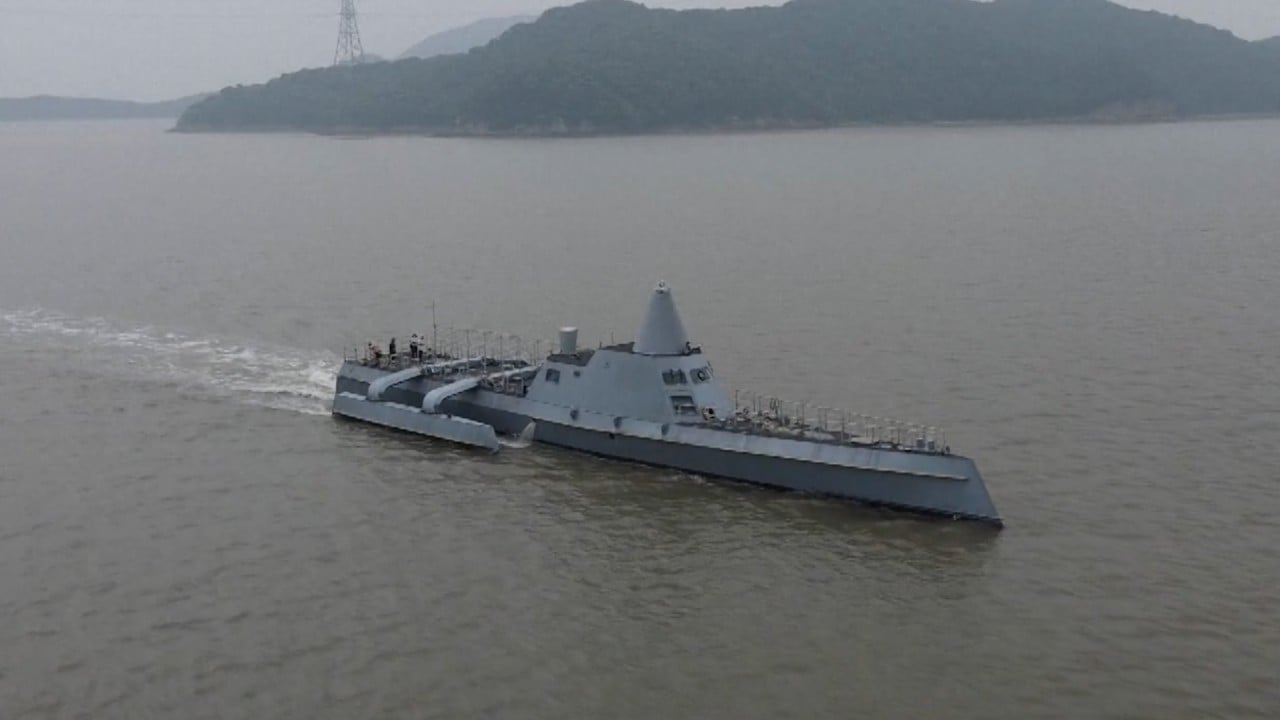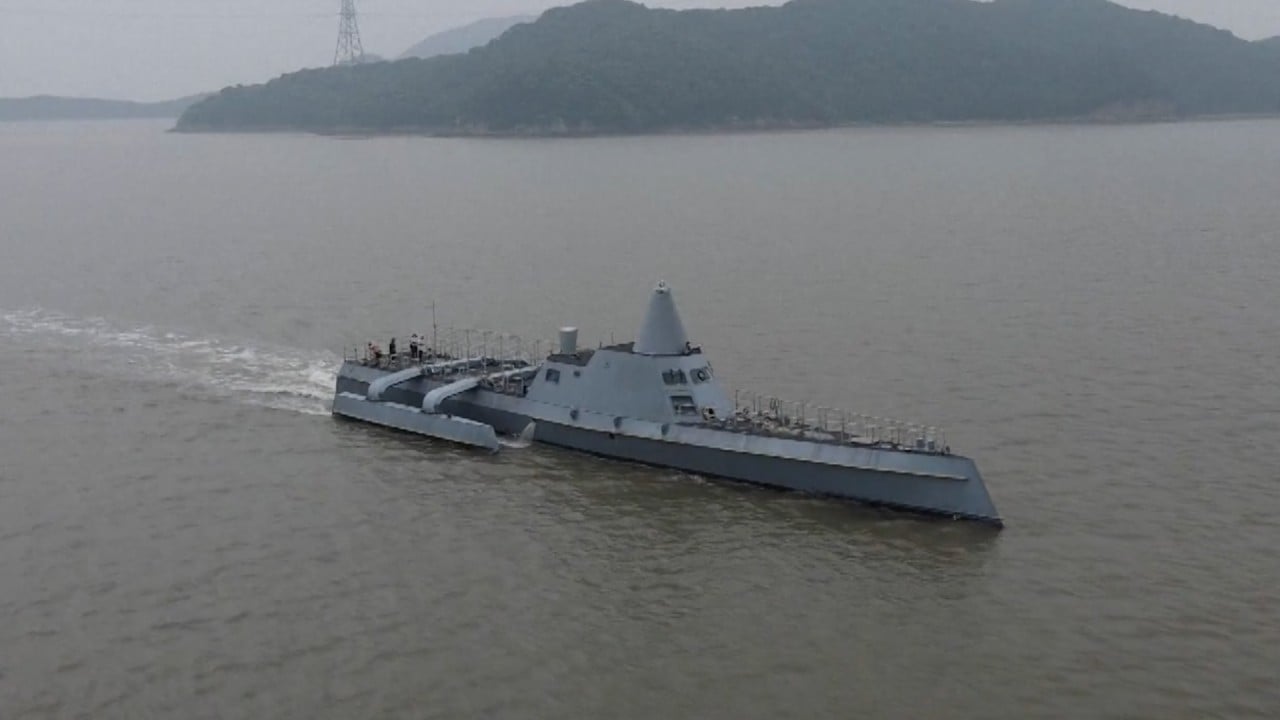The Chinese military, which has been testing its capabilities to counter enemy drone swarm attacks, has admitted that accurately hitting the small targets may prove difficult.
A first round of anti-aircraft artillery launched against a drone swarm during a recent People’s Liberation Army (PLA) training exercise achieved only 40 per cent damage, state broadcaster CCTV reported last week.
“Shooting at drone swarms was still quite challenging due to their speed and small size, as well as their ability to change flight trajectories – making it easy for gunners to lose their targets,” Duan Xiaolong, from an unnamed regiment with the PLA Ground Force’s 77th Group Army, was quoted as saying.
China is among the world’s top military and civilian drone producers. In recent years, it has ramped up investment in the development of smarter and faster unmanned aerial vehicles (UAVs) and other forms of drone technology as such aircraft play a growing role in modern combat.
The United States, China’s main geopolitical rival, has also paced up drone delivery to its military and is working on drone strategies to counter growing Chinese defence capabilities.
The PLA’s latest air defence training exercise was held to test drone defence capabilities at different distances, and to identify issues to be addressed in future drills, Cui Yang, a major with the regiment told CCTV.
According to a military commentator posting on WeChat, China’s X-like social media platform, the artillery used in the exercise may have been older models from the 1990s or 2000s, which could have impacted the damage and success rate.
The combined use of electronic jamming systems, surface-to-air missiles and automatic rifles would be able to raise the hit rate, the commentary said.
The rising use of UAVs in modern warfare has been highlighted by the conflicts in Ukraine and Gaza, where drones have become a key feature of asymmetrical warfare.
Ukraine’s deployment of domestic air and sea drones in strikes against key Russian infrastructure has signalled a potential new era of battle tactics.
And while Ukraine does not have warships of its own, the use of sea drones has allowed it to gain a foothold in the water by damaging and sinking Russian naval vessels.
Kyiv has also launched UAVs targeting Russian oil refineries, bridges, and military sites in an attempt to weaken its infrastructure and combat capabilities.
Drone swarms – large numbers of drones that operate together in a robotic throng – present a particular challenge to defence. Chinese researchers have made innovative breakthroughs in this area, including building drones that separate into multiple vehicles mid-air to confuse air defence systems.
Both drone detection and defence systems in the US are not yet adequately prepared to handle tracking and shooting down multiple drones at once, according to a report from the National Defence University, which is funded by the US Department of Defence.
However, while Beijing has made significant advancements in building up its drone capabilities, the training exercise may indicate that it must double down on building up new technology and tactics to reinforce its anti-drone capabilities.
Chinese manufacturers have been urged to ramp up efforts in producing smarter and more efficient anti-drone weapons in light of the conflicts in Ukraine and Gaza, including exploring technology utilised by the West like electronic jamming and lasers.
Recent PLA reports indicate a growing interest in the implementation of anti-drone technologies on battlefields, including running drills to test new equipment.




